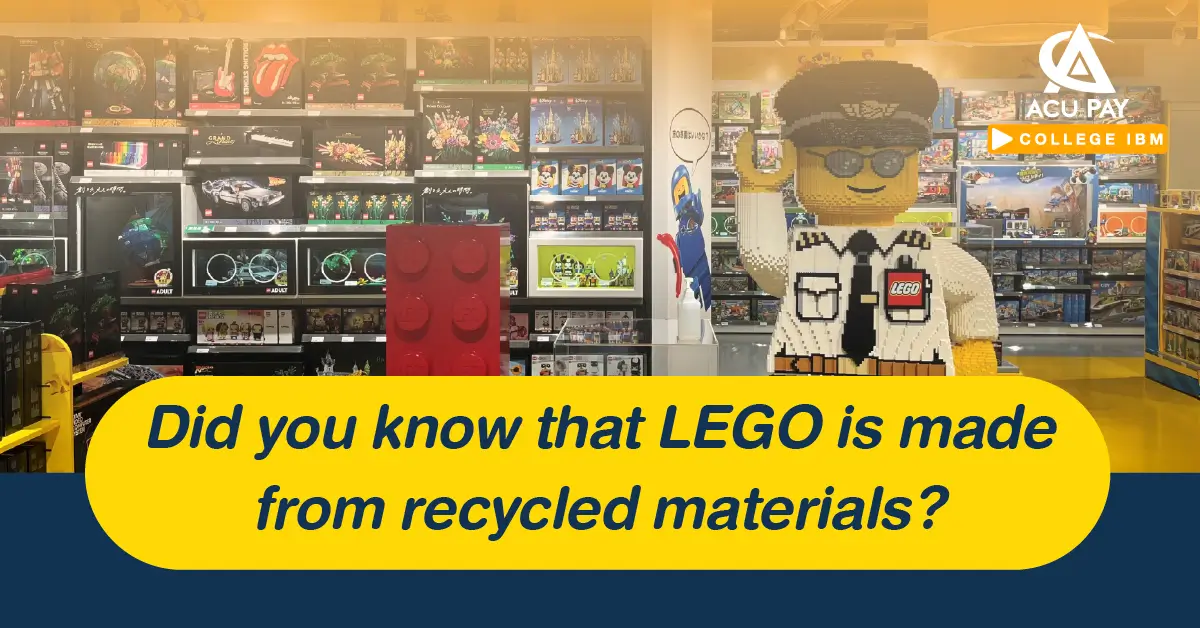

First, they use SEBS rubber, made from old fishing nets and motor oil. LEGO uses this material for the small rubber wheels in some of their sets. They’ve been using it for over five years, and it’s not just used in one product, but in 120 different toy models.In addition, LEGO uses bio-polyethylene (bio-PE) made from sugarcane to produce flexible parts like trees, flowers, and leaves. This material is now used in over 200 different toy models. For transparent plastic pieces, like windows or glass, they also use recycled plastic, which is included in more than 900 toy models.
LEGO did attempt to use recycled PET plastic bottles to make building blocks back in 2021. However, after some time, the production process led to higher carbon emissions than before, so they had to pause the project. Despite this setback, LEGO continues to work on developing more eco-friendly materials.
LEGO has its roots in the time of the Great Depression in 1932. Ole Kirk Kristiansen, the Danish founder of LEGO, was originally a carpenter. When the economy worsened, he turned to making wooden toys, which eventually evolved into the LEGO we know today.The name “LEGO” comes from the Danish words “LEg GOdt,” meaning “play well,” which perfectly fits the brand. Interestingly, January 28 is celebrated as International LEGO Day.
As you can see, LEGO isn’t just a fun toy we play with; it’s a brand that strives to reduce waste and care for the environment. This makes LEGO more than just a toy; it’s something that sparks imagination and a sustainable future.

MAKE A GREAT DAY WITH ACU PAY